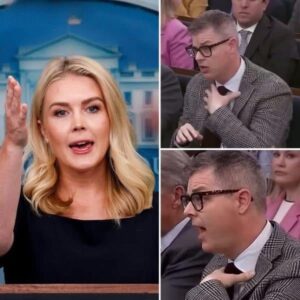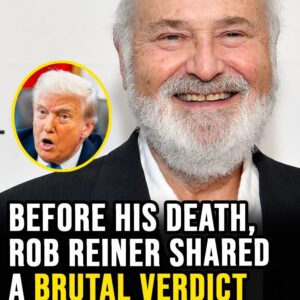President Donald Trump commenced his first significant overseas tour of his second administration on Tuesday, arriving in Riyadh, Saudi Arabia, to inaugurate a three-nation Middle East itinerary. In addition to Saudi Arabia, the president will travel to Qatar and the United Arab Emirates (UAE). Throughout his journey, Trump aims to advance U.S. strategic and economic interests, deepen bilateral relationships, and reinforce America’s role in promoting regional stability. Yet a seemingly innocuous moment during his welcome reception—his tentative handling of a traditional Saudi coffee offering—quickly went viral, igniting debate and underscoring how even minor protocol details can shape global perceptions.
I. A Grand Welcome in Saudi Arabia
A. Crown Prince’s Fist Pump and Purple Carpet
Upon his arrival at King Khalid International Airport, President Trump was greeted personally by Crown Prince Mohammed bin Salman. In a display that blended official protocol with personal rapport, the Crown Prince approached Trump’s aircraft with a decisive fist pump before escorting him down a purple carpet toward a waiting motorcade. This gesture symbolized both the warmth of bilateral ties and the theatrical pageantry frequently associated with high-level state visits.
B. The Traditional Coffee Ceremony
Shortly thereafter, Trump and the Crown Prince participated in a centuries-old Saudi coffee ceremony. The ritual—rooted in Bedouin hospitality—entails serving lightly roasted coffee in small finjan cups, accompanied by dates. It represents respect, friendship, and the host’s generosity. Trump’s engagement in the ceremony was broadly welcomed as a diplomatic courtesy, yet it was one fleeting gesture—the president’s delayed sip of coffee—that captured the world’s attention.
II. The Viral Coffee Moment
A. Online Speculation and Health Concerns
Video clips from multiple angles circulated rapidly on social media, showing Trump receiving the coffee, conversing with the Crown Prince, and then placing the cup on a nearby table. Users speculated wildly: Had the president declined the beverage as a precaution against poisoning? Was it due to a preference for avoiding caffeine? Or did he simply forget to take a drink amid ongoing conversation? Theories ranged from the strategic (concerns about food safety) to the personal (Trump’s known disinterest in hot beverages).
B. Clarifications and Context
Within hours, additional footage emerged confirming that Trump had indeed taken a sip later in the ceremony. While the initial clip fueled sensational headlines, the fuller context demonstrated that he participated fully in the ritual. Nonetheless, the brief hesitation served as a reminder that even minor protocol deviations can spark intense scrutiny—and that social media can amplify isolated moments into global talking points.
III. Displays of Military Solidarity
A. F-15 Escort Flyover
To underscore the strategic partnership between the United States and Saudi Arabia, six Saudi F-15 fighter jets escorted Air Force One as it approached Riyadh’s airspace. This rare aerial formation symbolized a mutual commitment to defense cooperation and sent a clear message of deterrence in a region marked by volatile security challenges.
B. High-Level Cabinet Delegation
President Trump was accompanied by key Cabinet members and advisers, including Secretary of State Marco Rubio, Defense Secretary Pete Hegseth, and Energy Secretary Chris Wright. Their presence highlighted the trip’s multifaceted agenda: from political consultations and defense cooperation to discussions of energy markets and investment opportunities.
IV. Strategic Objectives in Saudi Arabia
A. Reinforcing Bilateral Security Cooperation
Central to Trump’s discussions with Crown Prince Mohammed bin Salman will be the enhancement of joint efforts against extremist threats. Both countries share intelligence on groups such as ISIS and Al Qaeda affiliates, and they seek deeper coordination on counterterrorism operations, border security, and vigilance against ballistic missile proliferation.
B. Advancing Economic Partnerships
Economic collaboration remains at the forefront of the Saudi agenda—particularly under Crown Prince Mohammed’s Vision 2030 program, which aims to diversify the kingdom’s economy beyond oil. Trump’s delegation includes representatives from major U.S. technology and defense firms, reflecting interest in infrastructure projects, technology transfer, and energy innovation.





